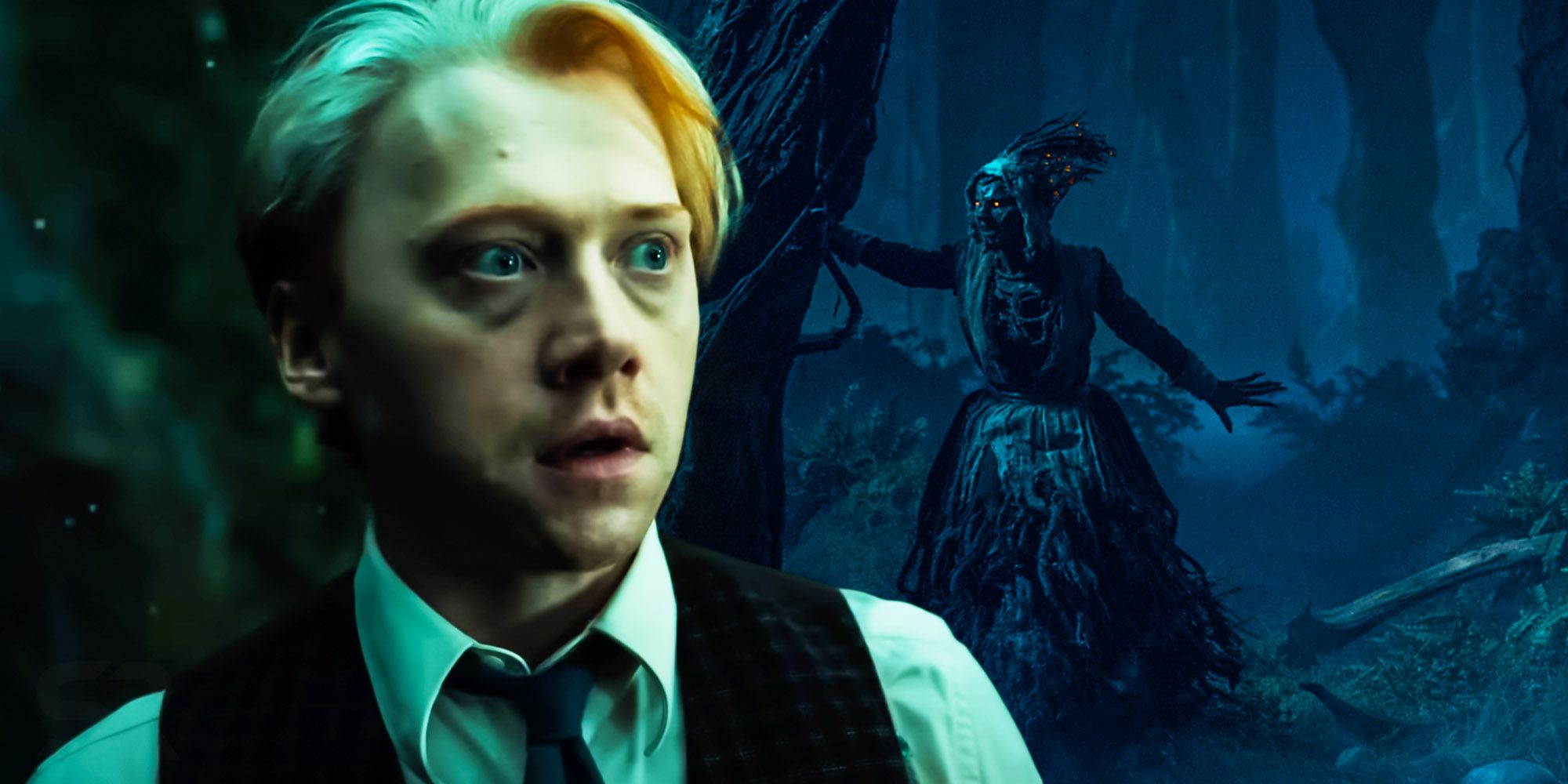Warning! SPOILERS for Guillermo del Toro's Cabinet of Curiosities season 1, episode 6, "Dreams in the Witch House."The final act of "Dreams in the Witch House," season 1, episode 6 of Guillermo del Toro's Cabinet of Curiosities moves briskly - here's a full explanation of the ending. The episode adapts the 1932 short story of the same name by H.P. Lovecraft, focusing on Walter Gilman's encounters with sinister beings beyond the human realm. In the episode, Walter is obsessed with finding the spirit of his twin sister Epperley, whose ghost he saw dragged into the otherworldly Forest of Lost Souls after she died in childhood.
Walter devotes his life to finding Epperley, forgoing a career as a pianist to work with the Spiritualist Society. He finally reaches Epperley thanks to some Native American magic, but each dose of the "Liquid Gold" potion allows him to remain only briefly in the Forest. To rescue her, he rents a room that had once belonged to the Netflix show's witch Keziah Mason.
What Happens In Cabinet Of Curiosities: Dreams In The Witch House's Ending?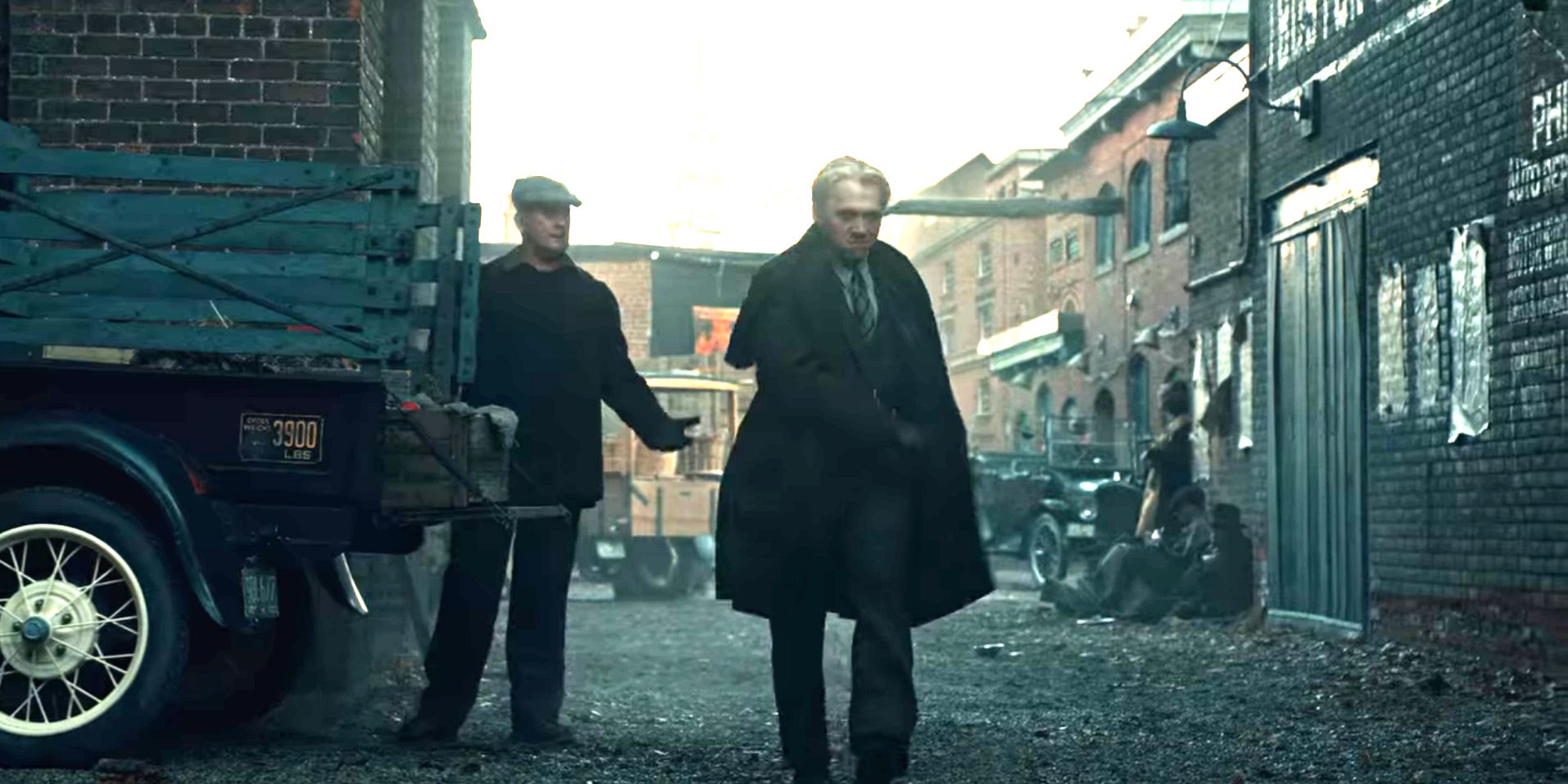
The witch Keziah Mason recognizes Walter Gilman from a prophecy that foretells her release from the Forest of Lost Souls. She shows Gilmer that, as Epperly's twin, he is the key to bringing matter back to this world from the Forest. When Walter brings Epperley back to the world of the living, Keziah Mason and her familiar Jenkins Brown also make the journey. Mariana, the painter, then reveals that Walter must die by daybreak for Epperley, the witch, or her familiar to live. Epperley kills the witch, and she passes away peacefully, as she's no longer afraid of dying. Jenkins Brown, however, is confirmed as the better villain, as he burrows inside Walter's collapsed body, bursts out of his chest, and takes possession of Walter's corpse to reanimate it. The closing shot shows the triumphant Jenkins Brown cheerfully embarking on a new life in Walter's body.
Why Does Jenkins Brown Do What He Does?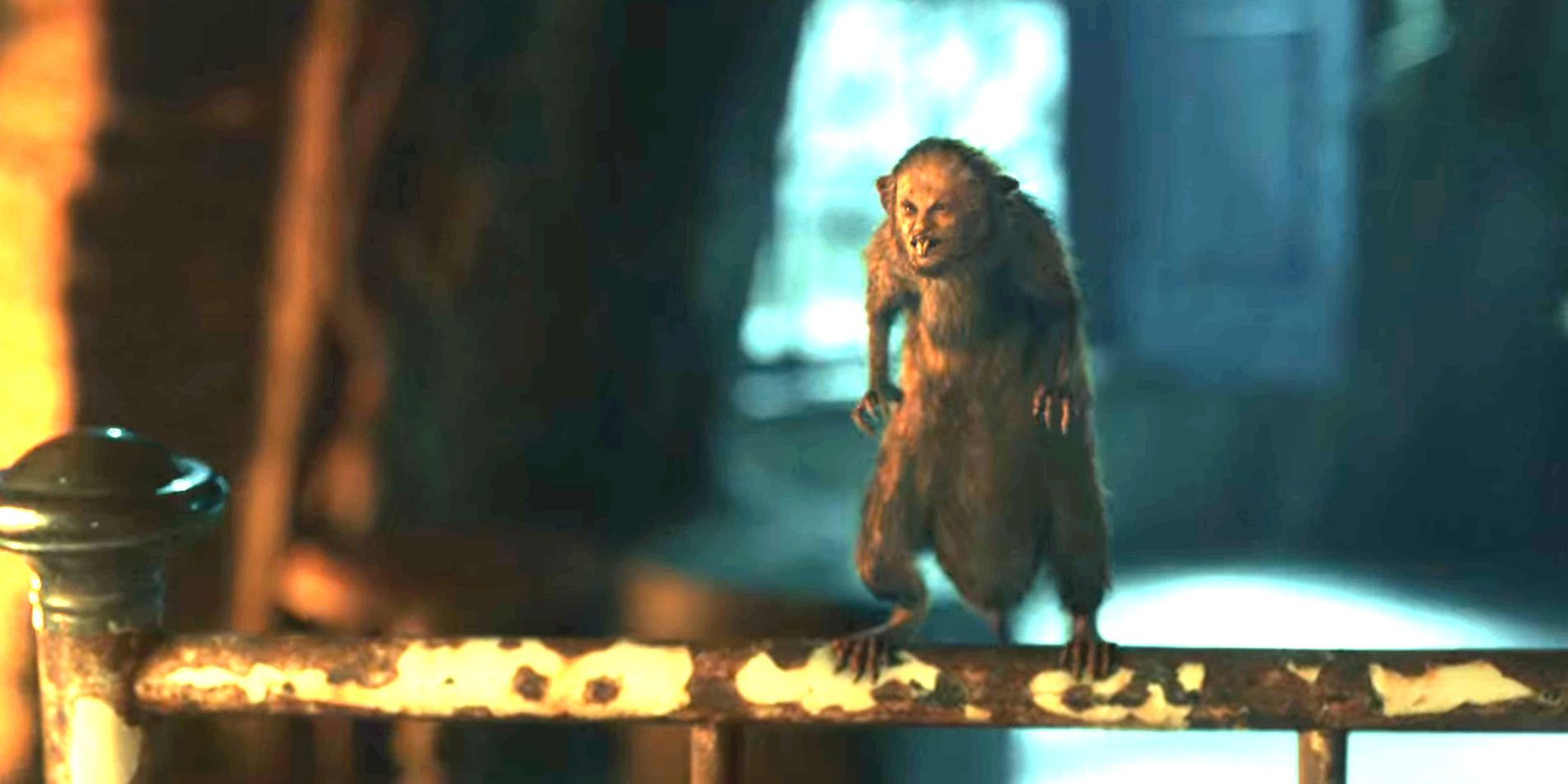
Neither Keziah Mason nor Epperley returns to the living, but Jenkins Brown knows he can still take advantage of the prophecy and regain life. He manages to kill Walter just before dawn, and his corporeal remains in the attic vanish at the moment of Walter's death. By sacrificing Walter according to the prophecy, Jenkins Brown succeeds in trading Walter's life for his own resurrection. Though Cabinet of Curiosities' story never explains how Jenkins manages to possess and animate Walter's seemingly ruined body, it's a fair inference that Jenkins uses some magic he learned as the witch's familiar.
Why Does Mariana Say "She Won" As The Sun Rises?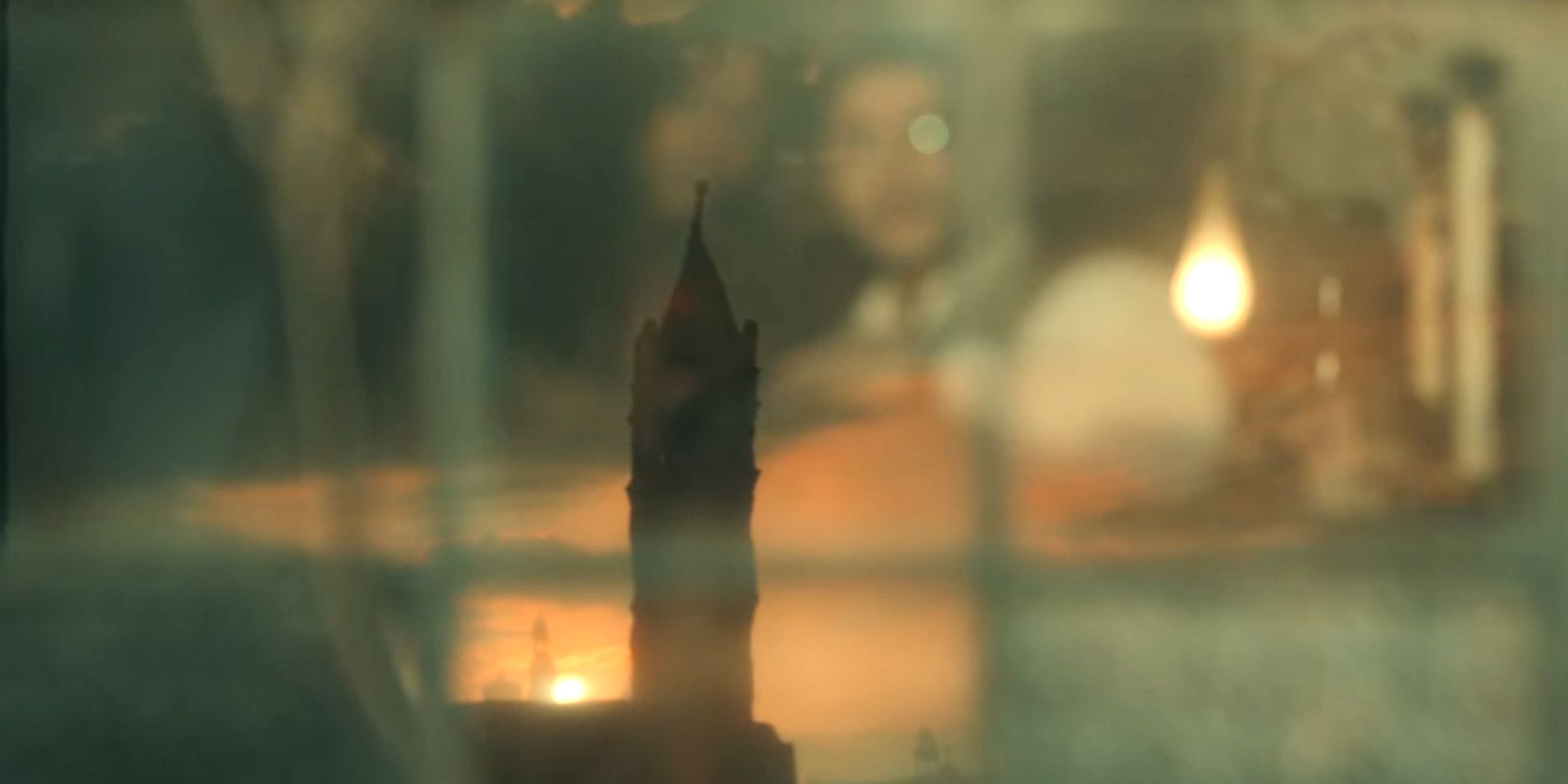
It's curious that Mariana says, "She won," clearly referring to Keziah Mason after Epperley had already killed the witch. The most straightforward interpretation is that Mariana refers here to Keziah's plan, which Jenkins Brown completes. It could be interpreted to mean Keziah yet survives somewhere in the spirit realm, but nothing else in the show supports such an inference.
How Do Frank And Sister Lucretia Overcome The Racism Of The Era?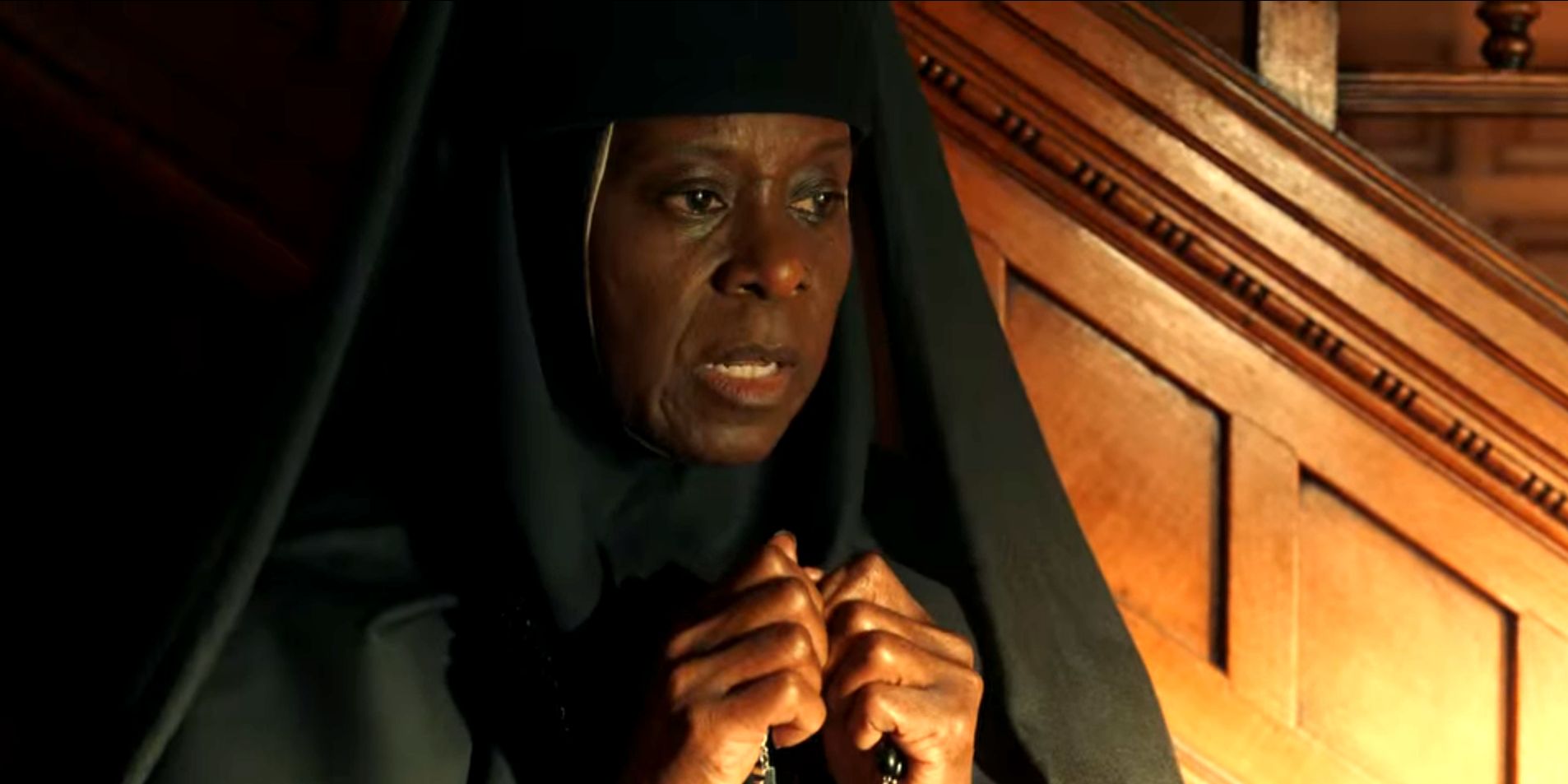
H. P. Lovecraft was notoriously racist. In light of this fact, the showrunners' decision to cast people of color in several roles is worth considering. An actor of color plays Walter's colleague Frank Elwood. Frank leaves the Spiritualist Society to take a clerical job at Time Magazine. The story is set in 1933, when America was heavily segregated, and very few people of color held clerical positions at white-owned businesses in that era. The character is scarcely mentioned in Lovecraft's story, and his race isn't mentioned. This makes the Netflix version of Frank an anachronism.
Sister Lucretia, a newly-created character for the show, is played by an actor of color as well, yet Catholic orders of the time were largely segregated. Neither Frank's nor Lucretia's race is ever addressed in the narrative. This casting may be the creative team's way of dealing with Lovecraft's racism. Casting black actors in roles Lovecraft would never have written for them may be how the filmmakers distance the adaptation from Lovecraft's racist legacy.
How Does It All Fit Together?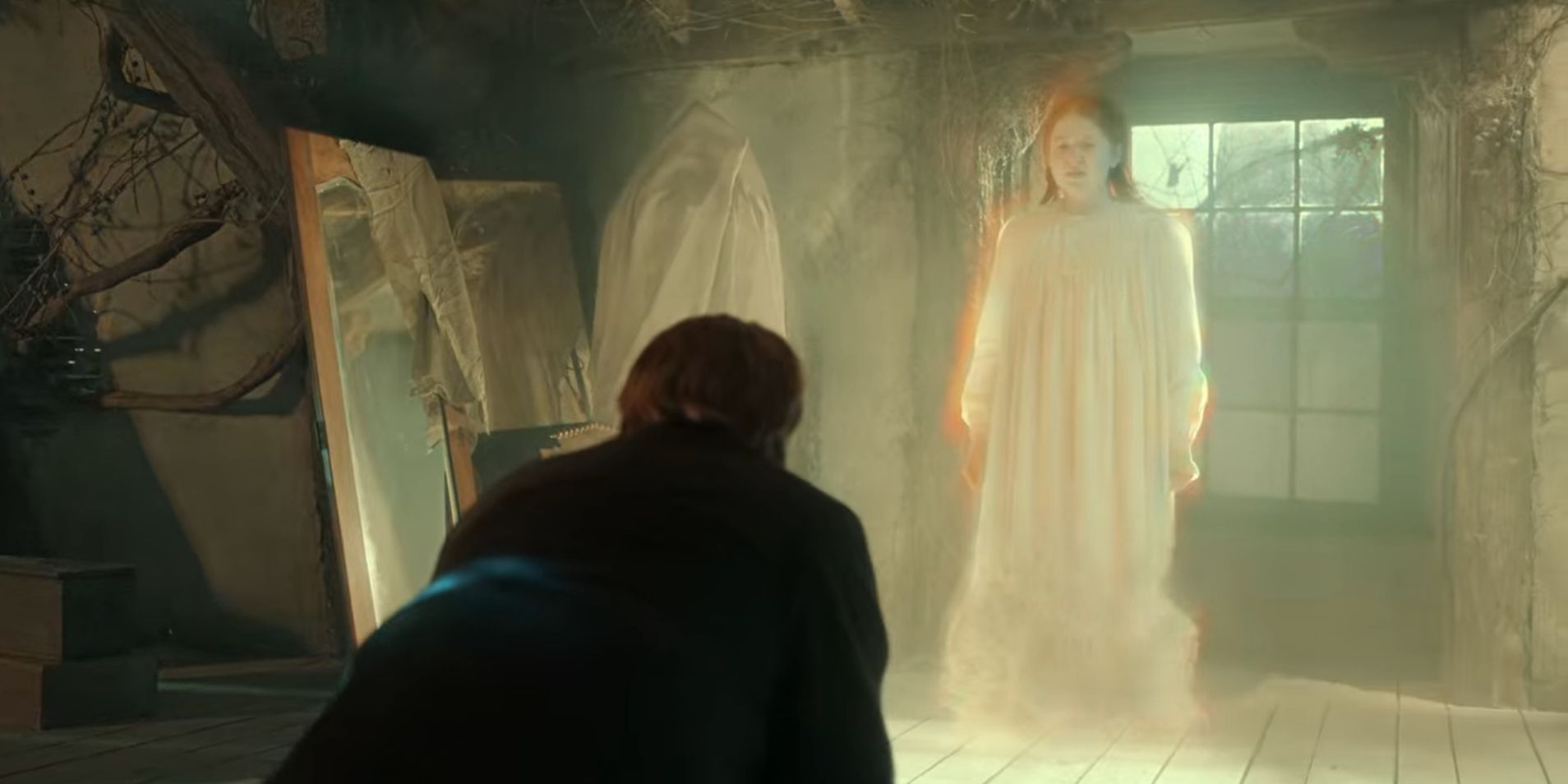
Though Guillermo del Toro's Cabinet of Curiosities changes the original story in some significant ways, many of H. P. Lovecraft's themes survive intact. Lovecraft's primary theme across his stories is that the cosmos is indifferent to humanity and is populated by hostile, powerful, and gleefully evil beings. Jenkins Brown is sadistic with his taunts and seems to relish stoking his human victims' fears. Another common Lovecraft theme is that humanity cannot even comprehend the cosmic horror of Keziah Mason, Cthulhu, or other monsters. Just glimpsing the greater universe is likely to drive the human mind mad. Seeing Epperley become a ghost and get dragged into the Forest of Lost Souls is enough to transform Walter from an ordinary little boy to a single-minded fanatic for the rest of his life. Human religion typically provides little refuge for Lovecraft's characters. In the show adaptation, Keziah Mason shows no hesitation as she pursues Walter on the hallowed ground of the church.
The televised "Dreams in the Witch's House" also diverges from some of Lovecraft's themes. His stories tend to emphasize that the cosmos is not governed by any moral code of good and evil humans can recognize, but rather it operates on its own inscrutable terms. In the Cabinet of Curiosities production, however, Epperley tells Walter that she only went to the Forest of Lost Souls because she was so afraid to die, implying that her lack of faith made her unworthy and that the realms beyond our own do operate by a moral code. Her ascension scene drives the point home, bathing her in heavenly light and carrying her happily away once she says she's not afraid anymore.
The Real Meaning Of Cabinet of Curiosities: Dreams in the Witch House's Ending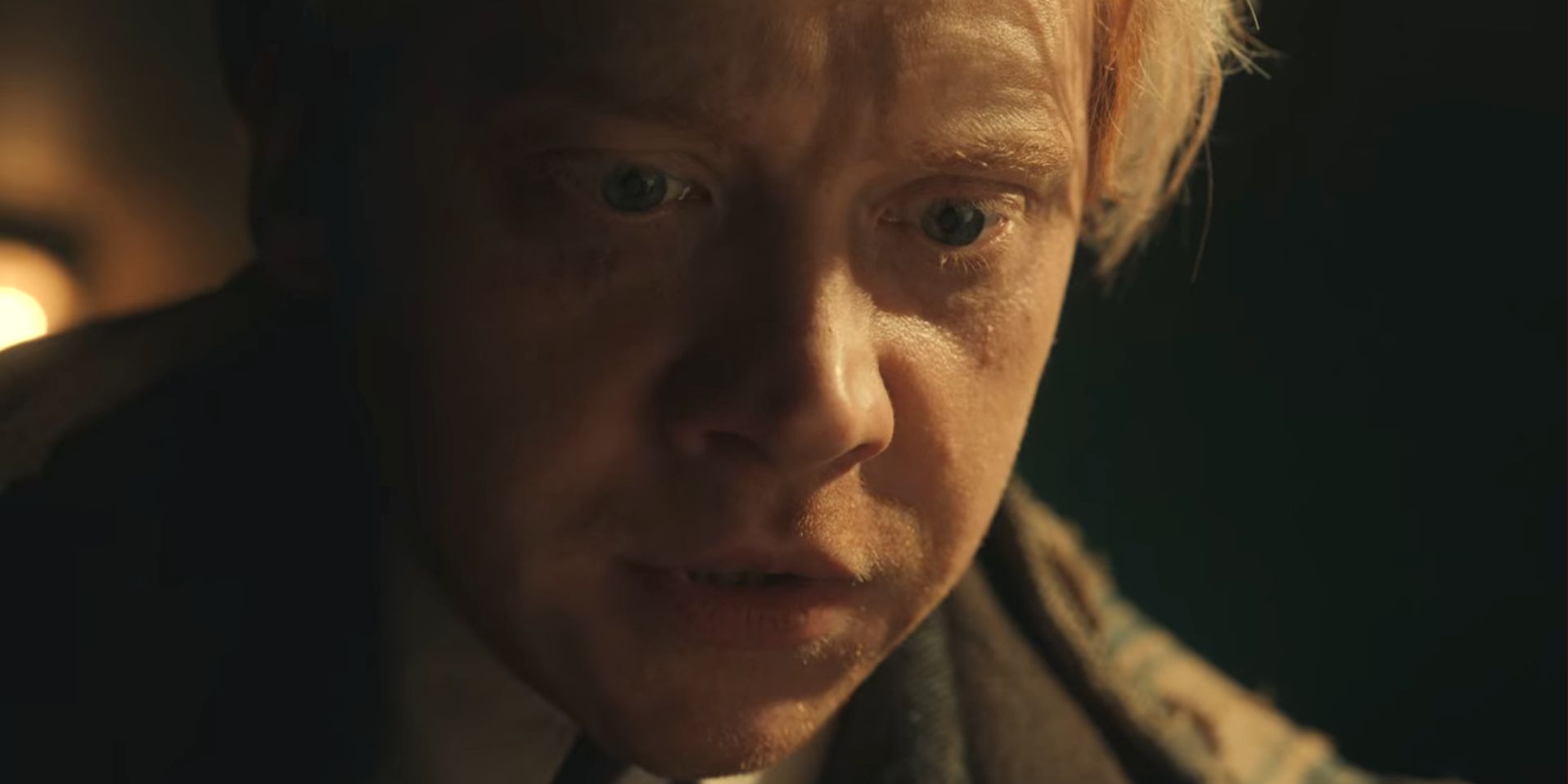
The show's final line comes from Jenkins Brown, who jubilantly brags, "I'll ride this body as long as it will last. After all, he wasn't doing anything with it, was he?" The dig refers to the deceased Walter Gilman, but it also applies more broadly to the way "Dreams in the Witch House" lead character Walter has led his life. He abandoned his dream of getting into the Boston Symphony Orchestra, as well as any sort of normal life, all to follow his obsession with Epperley. Frank urges him to take a job alongside him at the magazine, and chastises him for caring "more about [his] dead sister than the living." Epperley herself is visibly disappointed to learn that Walter has abandoned his music. Because Walter Gilman has done nothing else with his life in Guillermo del Toro's Cabinet of Curiosities, Jenkins Brown's final line is true in a figurative sense - as well as in the grim literal sense.
Guillermo del Toro's Cabinet of Curiosities: Dreams in the Witch House is streaming on Netflix.

